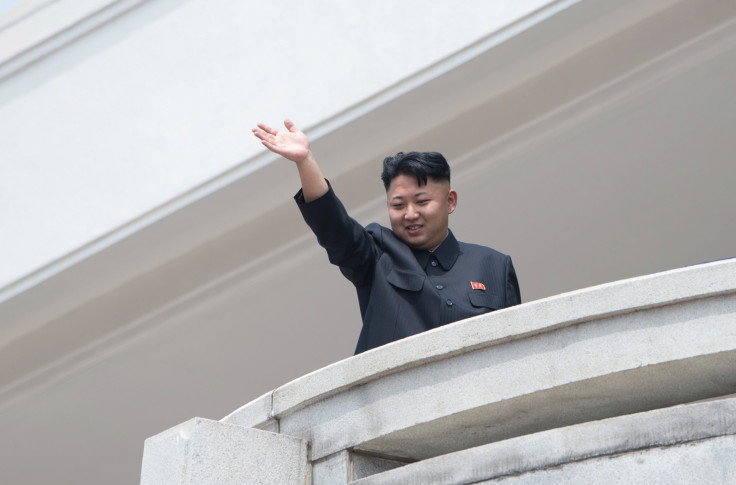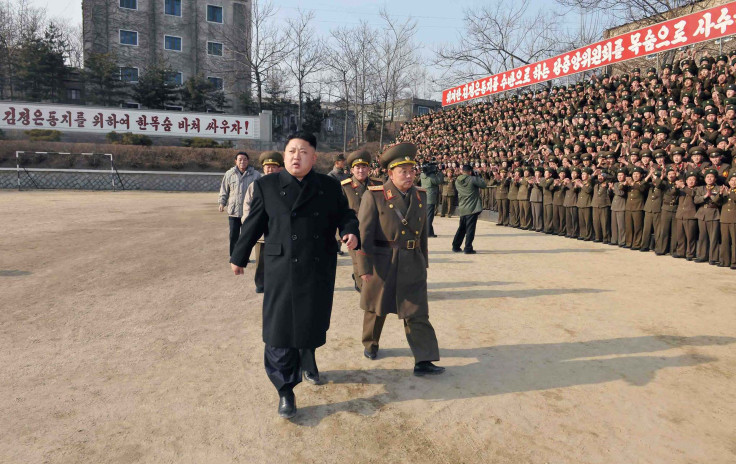Kim Jong Un Renovating His Multimillion-Dollar Family Home As People Starve

Kim Jong Un's family home reportedly has been torn down and new construction is underway on the site, satellite images from May reveal. The luxurious mansion cost the capital of North Korea, Pyongyang, millions of dollars to build in 2010, United Press International reported Wednesday.
The images show that the roof on the north side of the building had been torn down and a landscaping project had begun in a garden section of the compound, said Curtis Melvin of the U.S.-Korea Institute at Johns Hopkins University. Melvin conducted an analysis of the images, according to the Donga Ilbo, a South Korean newspaper. The analysis of the images -- one from Jan. 14 and the second from May 20 -- found that progress had been made on the roof and garden, Melvin reportedly told Radio Free Asia.

The South Korean media reported that the mansion’s renovations were likely a direct order from Kim Jong Un, and that he has been providing field guidance on the construction of several new buildings in Pyongyang and other areas of North Korea.
The mansion cost tens of millions of dollars to build in 2010 and required the work of 1,200 North Koreans, reports said. The expensive construction project included private railways and roads built for the ruling family, as well as underground tunnels for electric trains that were connected to office buildings in the compound.
The satellite images also indicated that the Ryongsong Residence, located in northern Pyongyang, was under renovation as well. The palace serves as Kim Jong Un’s main residence. The complex is around 4.6 square miles and was constructed in 1983.
The construction comes as many North Koreans, including elite special forces troops, are facing severe food shortages.
© Copyright IBTimes 2024. All rights reserved.






















